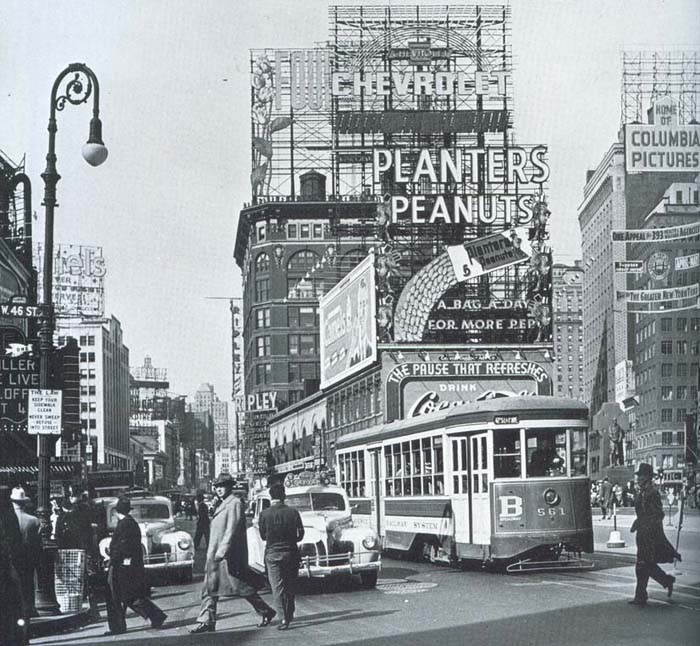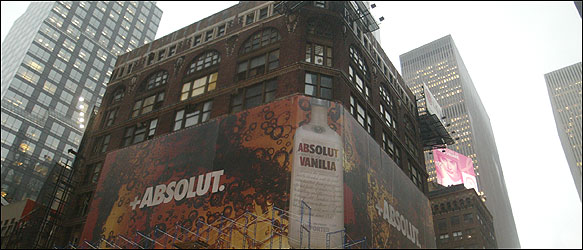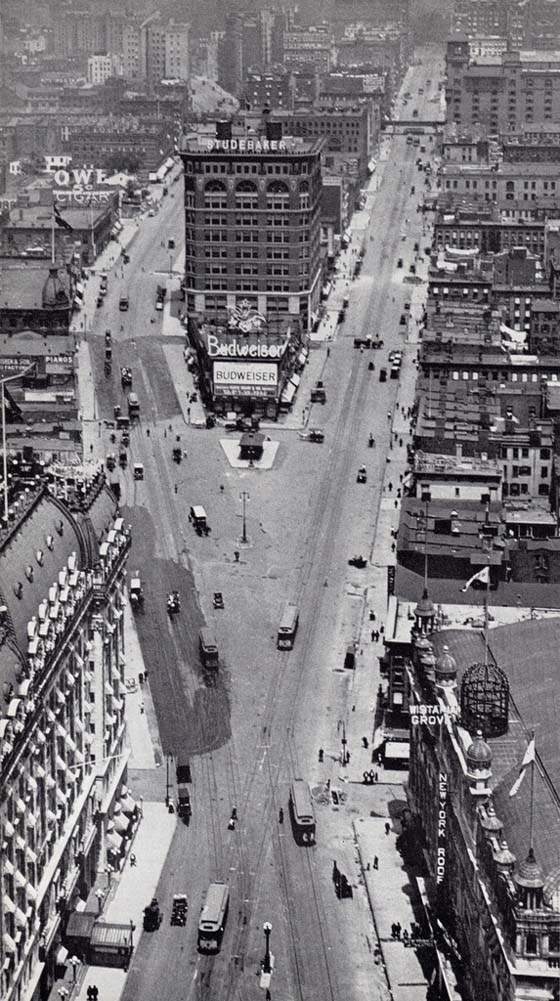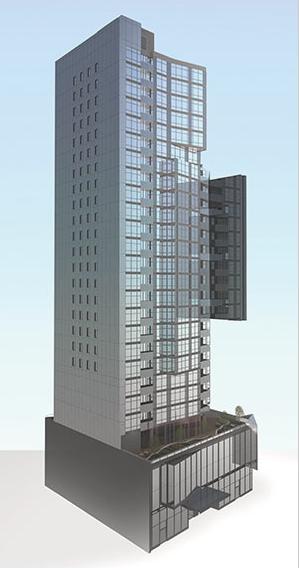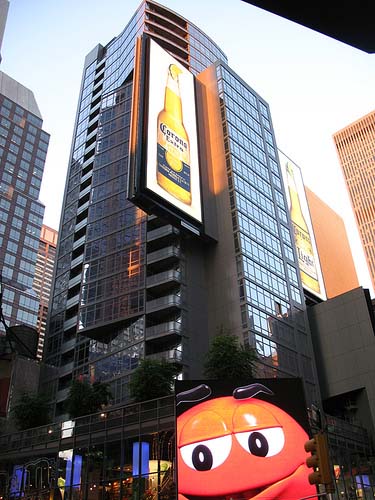|
Studebaker Building
The Studebaker Building is a former establishment at 1600 Broadway
(Manhattan) on the northeast corner and 48th Street. It was erected
by the Juilliard Estate in 1902 between Broadway (Manhattan) and 7th
Avenue, in the area north of Times Square. The edifice was demolished in
2004 to make room for an apartment tower, a twenty- five story, 136
unit, luxury condominium designed by architect Einhorn Yaffee Prescott.
The Studebaker Building was ten stories high and occupied the entire
block front between Broadway and 7th, facing Broadway for one hundred
thirteen feet. It was built from the Juilliard estate, seeking a
thoroughly safe income upon what was doubtless a very modest appraisal
of the property's value. The structure covered the southern end of the
block at Broadway and 49th Street. It was fireproof and fronted 48th
Street for one hundred and four feet.
Architecture
The Studebaker Building was designed by James Brown Lord, who also
designed Delmonico's Restaurant at 44th Street and Fifth Avenue
(Manhattan). The exterior was composed of red brick and terra cotta with
the employment of the anthemion motif in a repeated manner in the terra
cotta as well as in the large projecting cornice at the roof level. [8]
Architecturally its floors were two feet higher than many lofts of the
era. Another advantage proved to be the structure's abundant facilities
for light.
In 1979 the edifice appeared on a list of more than two hundred
recommended for landmark consideration by the staff of the Landmarks
Preservation Commission. However the panel never acted on this. The 1979
report omitted the Studebaker identification and regarded the
establishment as a standard office building. Its construction date was
listed erroneously as 1912 and its design was falsely attributed as the
work of a minor architectural firm.
In July 2000 the former Studebaker showroom was the Texas Texas
restaurant. The building lost its cornice in 1988 but was still a
fixture of Times Square. Its chamfered corners and broad arched windows
were still evident to observers. The absence of its elaborate cornice
hurt its chances of gaining national historic landmark protection
against demolition. Only three other Manhattan buildings which lacked
cornices have received landmark designation. Robert Redlion, an engineer
employed by the owner, submitted plans to repair ornamental cornice in
October 1999. A 1987 facade inspection filed with New York City
concluded the cornice was safe. Redlion and the owner contended that the
ornamental molding was dangerous, with pieces having fallen on the
ground. However no violations had been filed against the cornice.
|
